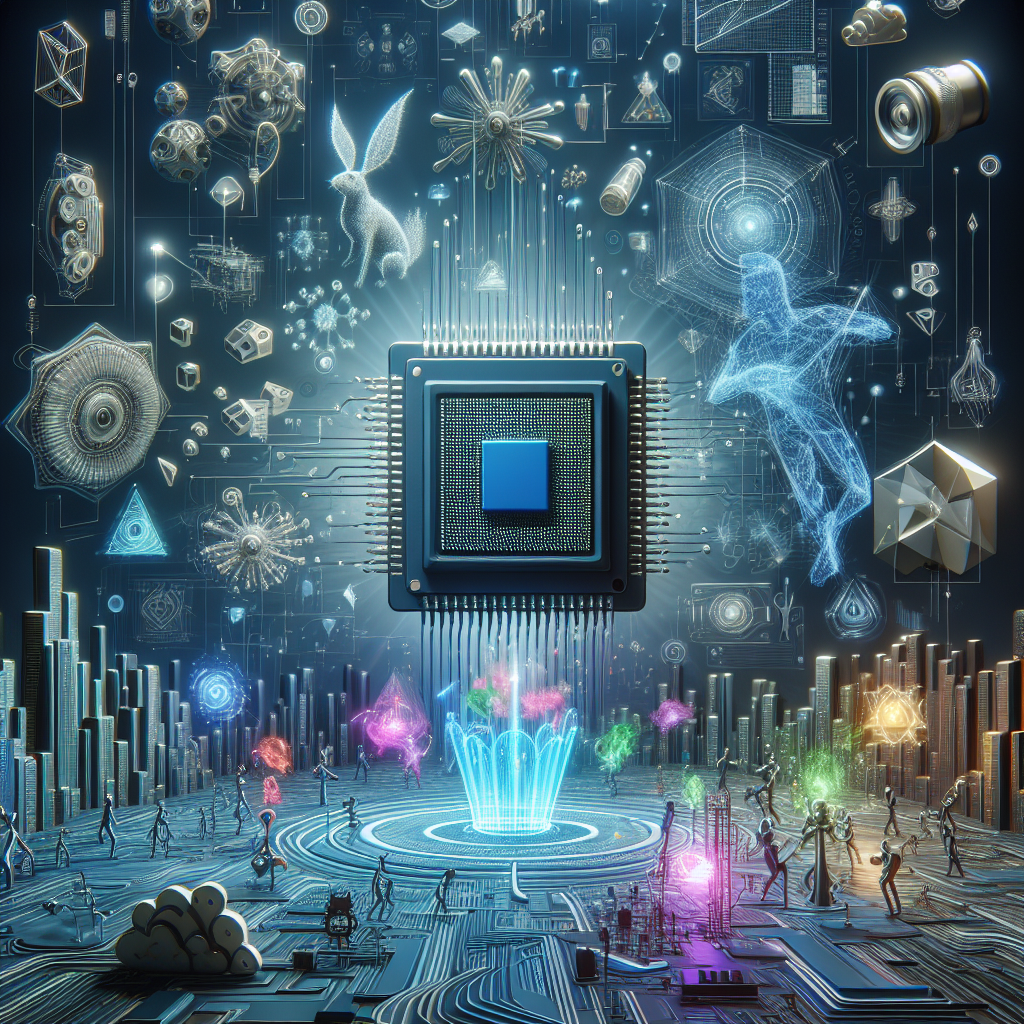Choosing the right CPU for 3D rendering and animation is crucial for optimizing your workflow and ensuring efficient performance. Given the plethora of options available in the market, making an informed decision can be overwhelming. This article provides comprehensive guidance on selecting a CPU that perfectly suits your 3D rendering and animation needs.
Table of Contents
- Importance of CPU in 3D Rendering and Animation
- Key Features to Consider
- Top CPUs for 3D Rendering and Animation
- Benchmarking and Performance Metrics
- Future-Proofing Your Choice
Importance of CPU in 3D Rendering and Animation
The CPU, or central processing unit, acts as the brain of your computer. For tasks like 3D rendering and animation, which are computationally intense and involve complex calculations, a powerful CPU is indispensable. The CPU’s performance directly impacts the speed and efficiency of rendering tasks, so choosing the right one can drastically reduce project completion times.
Key Features to Consider
When selecting a CPU for 3D rendering and animation, several key features should be evaluated:
Number of Cores and Threads
Modern CPUs come with multiple cores and threads, allowing for parallel processing. More cores and threads generally translate to faster rendering times. For instance, while a 6-core CPU might be sufficient for simple tasks, a 12-core or 16-core CPU is more suited for advanced rendering and animation:
| CPU Cores | Rendering Performance |
|---|---|
| 6 Cores | Basic Rendering |
| 8 Cores | Moderate Rendering |
| 12 Cores | Fast Rendering |
| 16 Cores and Above | Advanced Rendering |
Clock Speed
Clock speed, measured in GHz, determines how quickly a CPU can process instructions. Higher clock speeds contribute to smoother and faster workflow, especially when dealing with animation.
Cache
The CPU cache helps in speeding up the rendering process by storing frequently accessed data for quick retrieval. More cache typically means better performance.
Thermal Design Power (TDP)
TDP indicates the amount of heat a CPU generates under maximum load. A higher TDP usually means better performance but requires efficient cooling solutions to prevent overheating.
Compatibility
Ensure that the CPU is compatible with your motherboard and other hardware components. Consider the socket type and chipset support.
Top CPUs for 3D Rendering and Animation
Here are some of the top CPUs renowned for their efficiency in 3D rendering and animation:
AMD Ryzen 9 5950X
The AMD Ryzen 9 5950X features 16 cores and 32 threads with a base clock speed of 3.4 GHz, making it one of the best choices for advanced 3D rendering and animation tasks.
Intel Core i9-10900K
With 10 cores and 20 threads, the Intel Core i9-10900K excels in both single-threaded and multi-threaded performance, suitable for complex animations and rendering.
AMD Threadripper 3990X
This beast boasts 64 cores and 128 threads, delivering unparalleled performance for extremely heavy rendering tasks and professional animation projects.
Intel Xeon W-2295
Designed for workstation-grade performance, the Intel Xeon W-2295 provides 18 cores and 36 threads, ideal for long-term, high-performance rendering and animation.
Benchmarking and Performance Metrics
Before finalizing your CPU choice, it’s essential to review benchmarking results that compare performance metrics under rendering and animation workloads. Websites like Cinebench and Blender Benchmark offer comprehensive test results that can help you gauge the real-world performance of different CPUs.
Future-Proofing Your Choice
While it can be tempting to opt for the latest and greatest CPU, consider your long-term needs. A slightly higher initial investment in a more advanced CPU can save you the hassle of future upgrades. Look for CPUs with higher core counts, better thermal management, and support for future technologies to ensure your system remains robust for years to come.
In conclusion, choosing the right CPU for 3D rendering and animation involves careful consideration of several factors, including core and thread count, clock speed, cache, TDP, and compatibility. By evaluating these elements and exploring top-rated options, you can make a well-informed decision that enhances your productivity and quality of work in 3D rendering and animation.

